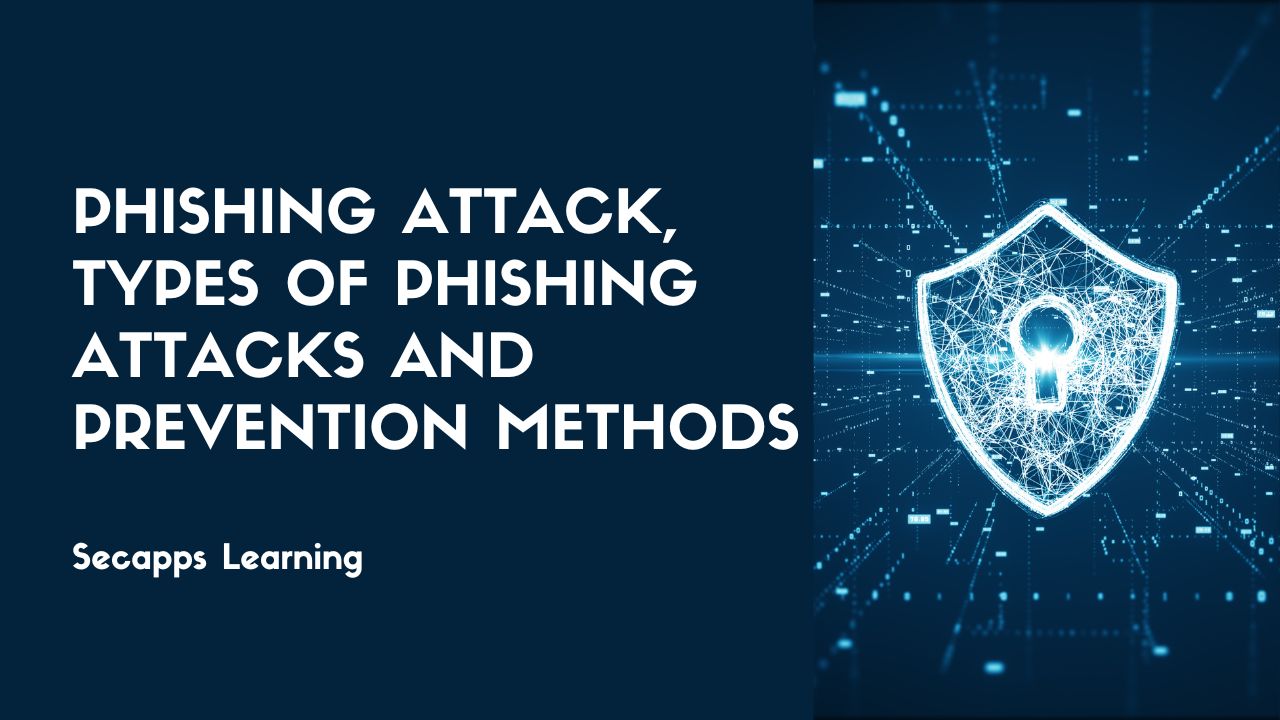
In the realm of cyber threats, phishing stands out as a significant and pervasive danger. Originating in the early days of the internet, phishing has evolved into a sophisticated threat capable of deceiving even the most cautious individuals and organizations. In this article, we will delve into the world of phishing, exploring its definition, methods, impact, and most importantly, how to shield yourself against it.
Phishing, at its core, is a fraudulent attempt to get private information, including passwords, usernames, and financial information, by pretending to be a reliable source in online communications. While traditional email phishing remains widespread, attackers have diversified their methods with spear phishing, targeting specific individuals or groups, and whaling, which aims at high-profile targets like CEOs or government officials.
Phishers employ various tactics to lure their victims, often exploiting urgency, fear, or impersonation to coerce them into revealing confidential information or taking actions detrimental to their security. Real-life examples include emails posing as financial institutions requiring urgent account verification or sophisticated messages mimicking colleagues requesting sensitive data.
Let's consider a typical phishing scam attempt:
Phishing Attack Example: Fake Bank Notification
Target: John, an online banking user.
Scenario:
John receives an email purportedly from his bank, [Bank Name]. The subject line reads: "Urgent Action Required: Verify Your Account Information."
The email body appears professional, using the bank's branding and logo. It claims that John's account activity has raised security concerns and necessitates immediate verification to prevent account suspension.
The email includes a "Verify Account" button with a clickable link.
The Deception:
The sender's email address may be spoofed to closely resemble the actual bank's address.
The email content induces urgency and implies negative consequences to prompt John into swift action.
The link in the button leads to a phishing website designed to mimic the real bank's login page.
The Trap:
Upon clicking the link and entering his login credentials on the fake website, the attacker captures John's information.
This stolen information can be exploited to:
John's Potential Losses:
Phishing attacks manifest in various forms:
Email Phishing:
Mass distribution of deceptive emails posing as legitimate entities, often containing links to fake websites or malicious attachments.
Spear Phishing:
Targeted attacks are tailored to specific individuals or groups, utilizing personalized information to enhance credibility and deceive recipients.
Whaling:
Focusing on high-profile targets like executives or government officials, exploiting their authority and access to sensitive information for malicious purposes.
Smishing and Vishing:
Using text messages (smishing) or voice calls (vishing) to trick victims into disclosing sensitive information or performing unauthorized actions.
Clone Phishing:
Replicating a legitimate email and modifying it slightly to deceive the recipient into believing it originated from a trustworthy source.
Angler Phishing:
Utilizing social media platforms to lure users into sharing sensitive information or visiting malicious websites.
These attacks are constantly evolving, underscoring the importance of understanding them for effective defense.
Phishing attacks typically follow a structured process, beginning with reconnaissance to gather information about potential targets. Armed with this knowledge, attackers craft convincing messages designed to evade security measures and elicit desired actions from their victims. Social engineering plays a pivotal role, exploiting psychological vulnerabilities to foster trust or fear and compel compliance.
Visualizing the stages of a phishing attack elucidates its complexity and effectiveness. From initial contact to eventual compromise, each step represents a calculated move by the attacker to exploit weaknesses in human cognition and technological defenses.
Phishing attacks have far-reaching consequences:
Financial Losses:
Individuals can suffer monetary losses through stolen credit card information, fraudulent transfers, and ransom demands. Businesses may incur financial losses from data breaches, disrupted operations, and reputational harm.
Identity Theft:
Phishing attacks can lead to the theft of personal information such as passwords, social security numbers, and bank account details, resulting in identity theft and its associated ramifications.
Data Breaches:
Successful phishing attacks can compromise user credentials and grant attackers access to sensitive data, exposing individuals and organizations to further risks.
Disrupted Operations:
Phishing attacks can cause malware infections, system outages, and data breaches, disrupting normal business operations and causing significant downtime.
Psychological Impact:
Victims of phishing attacks may experience feelings of shame, embarrassment, and anxiety, impacting their well-being and productivity.
Reputational Damage:
Businesses that fall victim to phishing attacks risk reputational harm due to lost customer trust and negative publicity.
To safeguard against phishing attacks, consider the following measures:
Exercise caution with unsolicited communications asking for personal information or demanding immediate action.
Enable spam filters and consider using third-party tools to enhance email security.
Implement a robust incident response plan in case of suspected phishing incidents.
Report phishing attempts to appropriate authorities, such as the Anti-Phishing Working Group (APWG).
Understanding Attacker Mindset:
Ethical hacking exposes you to the thought process and techniques used by attackers, including social engineering tactics employed in phishing campaigns. This knowledge can help you recognize red flags and suspicious behavior in emails, messages, or websites.
Identifying Vulnerabilities:
Ethical hacking teaches you how to identify vulnerabilities in systems and networks, which can translate to recognizing potential weaknesses in your own online behavior, such as reliance on weak passwords or outdated software, vulnerable to exploitation through phishing attempts.
Developing Critical Thinking:
Ethical hacking often involves problem-solving and critical-thinking skills. These skills can be applied to analyzing suspicious emails, questioning the legitimacy of requests, and verifying information before taking action, all of which are crucial in avoiding phishing scams.
Learn ethical hacking from our industry experts
In the changing world of online security, phishing is still a big problem. It takes advantage of people's weaknesses to cause serious harm. But if we know how phishers work, strengthen our defenses, and make sure we're ready to handle cyber threats, we can protect ourselves better.
We all need to keep an eye out for online dangers and learn how to stop cybercriminals from tricking us. Being informed and sharing what we know helps everyone stay safe online.
Your email address will not be published. Required fields are marked*
Copyright 2022 SecApps Learning. All Right Reserved
Comments ()